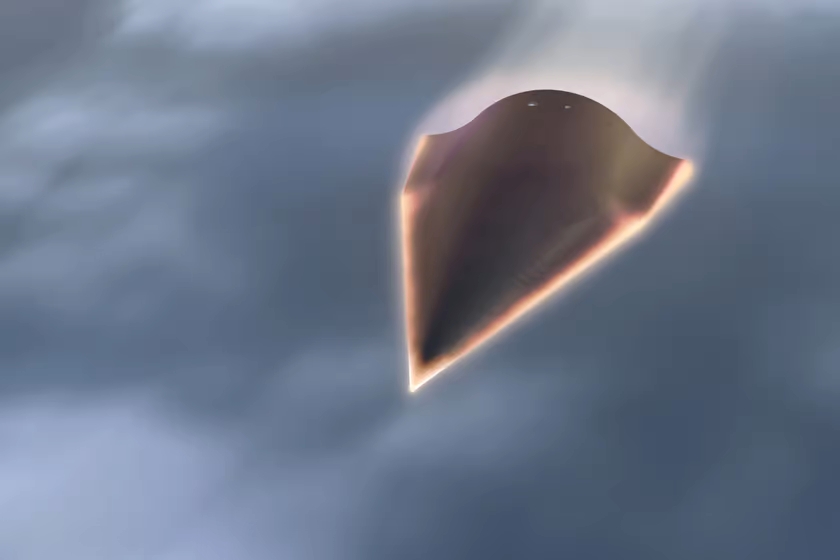There could also be civil applications for the new method
Scientists at Northwestern University, Illinois, have outlined a new method for detecting electromagnetic radiation at the high energy end of the spectrum. The work could lead to the development of a small, hand held device able to detect this “hard radiation” and has implications for the detection of radioactive materials which could potentially be employed in terrorist weapons, such as nuclear bombs or radiological dispersion devices, as well as materials employed in clandestine nuclear programs.
The threat
Even a very crude bomb resulting in a so-called “fizzle” yield may have enough energy to bring down a large building, and the release of initial radiation and fallout would be extremely hazardous in a populated area. Investigation of such threats is the responsibility of bodies such as the US Department of Energy’s National Nuclear Security Administration and any new tools they may acquire can only be of benefit to the general population.
A new innovation
The Northwestern University scientists’ response to this challenge comes in the form of a method they’ve called “dimensional reduction” which involves the creation of new semiconductor materials using heavy elements in which the majority of electrons are bound and unable to move.
“The terrorist attacks of 9/11 heightened interest in this area of security, but the problem remains a real challenge,” said Mercouri G. Kanatzidis, who led the research. “We have designed promising semiconductor materials that, once optimized, could be a fast, effective and inexpensive method for detecting dangerous materials such as plutonium and uranium.”
When incoming electromagnetic radiation hits the material, the resulting excitement of these “bound” electrons can be analyzed to determine what element is emitting the radiation. This would be extremely useful in assessing any potential threat.
Because heavy elements typically have a lot of mobile electrons, detecting the small changes in their excited states is a difficult task. The teams’ solution was to find a dense material with a crystalline structure in which electrons would be mobilized when hard radiation was absorbed.
The researchers have had successful results with two materials: cesium-mercury-sulfide and cesium-mercury-selenide. A big advantage of these materials is that they can be employed for hard radiation detection at room temperature, unlike previously existing semiconductor detection materials such as High-Purity Germanium (HPGe) which are typically cooled using liquid nitrogen.
Read more . . .
Bookmark this page for “nuclear materials detection” and check back regularly as these articles update on a very frequent basis. The view is set to “news”. Try clicking on “video” and “2” for more articles.









